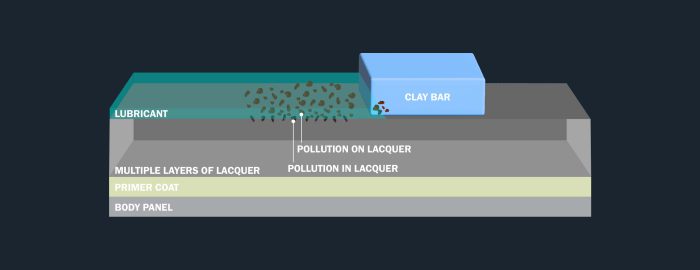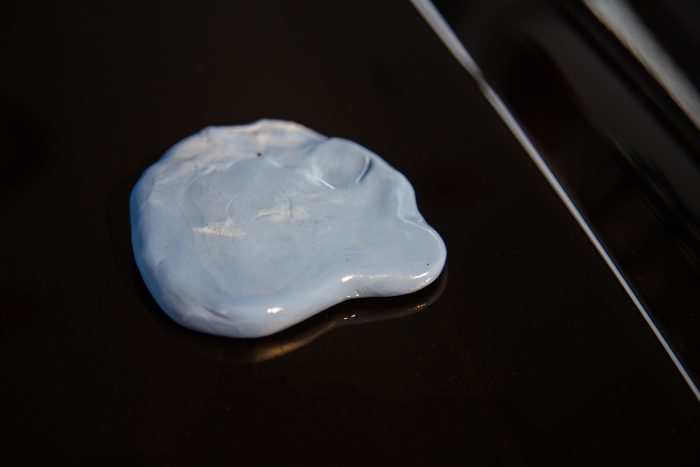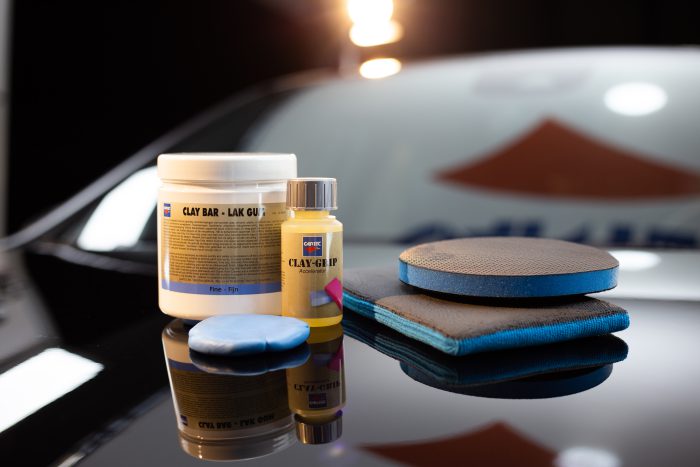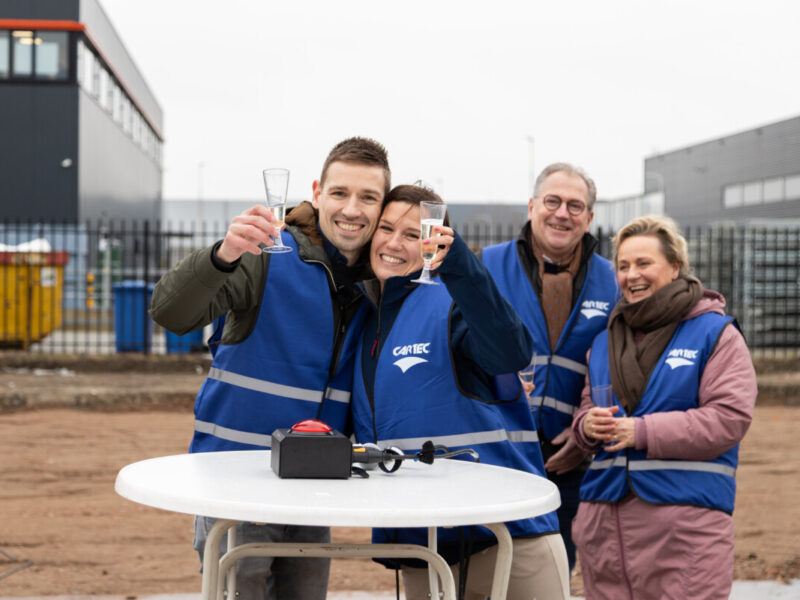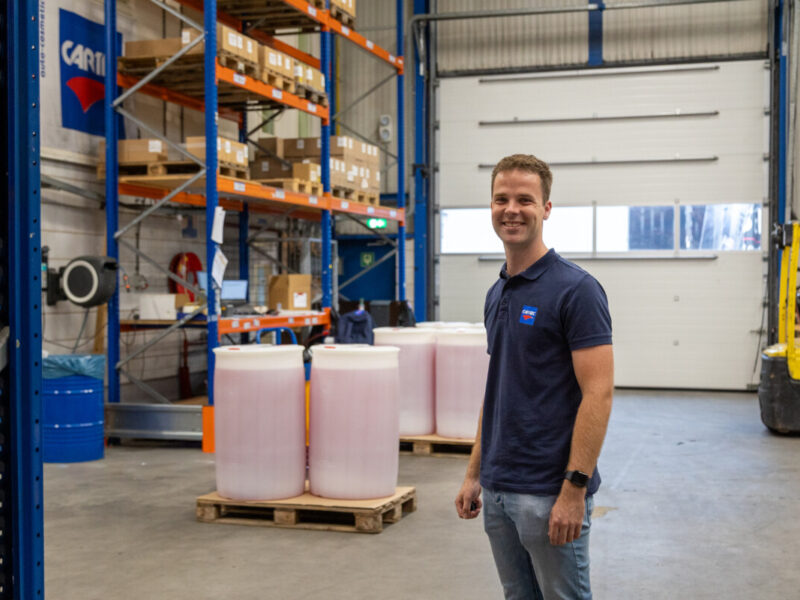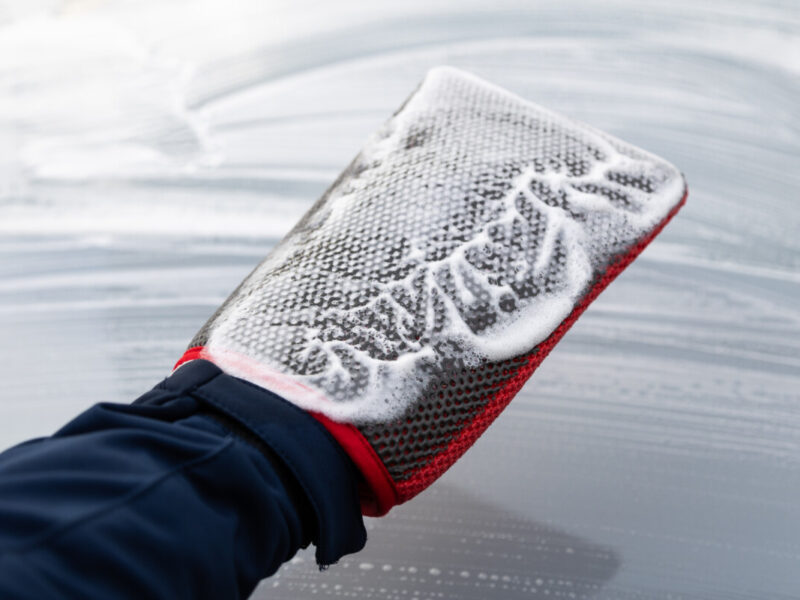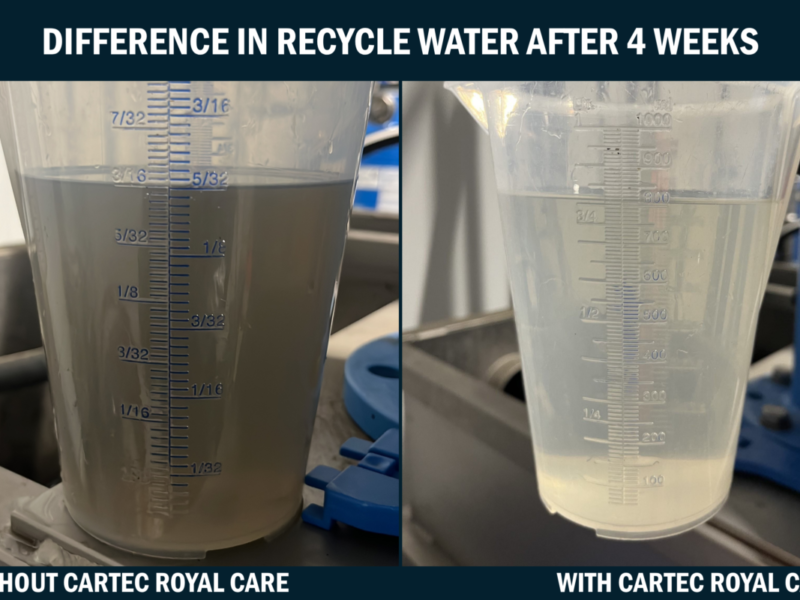When should car paint be clayed?
Contamination on vehicles consists of two layers. First, a visible layer that is easily removed with a car shampoo or strong pre-cleaner. However, after cleaning, a second layer of less visible dirt remains. This dirt has nestled in and on the paintwork. This is easily removed with Clay products. Read in this 'Insight' why you should clay your paintwork and how you do it.
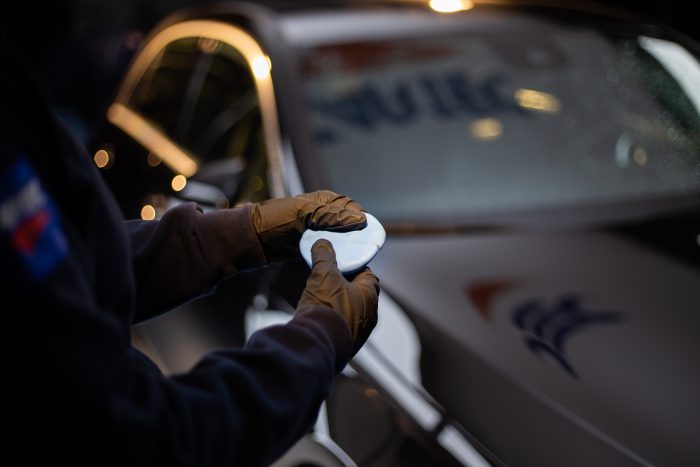
Why does a lacquer need to be clayed?
After washing, the car looks clean, but nothing is further from the truth. The car’s paintwork might look smooth, but there is still a second layer of pollution on and in the paintwork. The paint feels stiff by the pollution. This pollution consists of very fine residues of stubborn dirt such as bird droppings, fly rust, insects, tree resin and tar. With car clay you tackle this remaining type of contamination.
What does the clay do with this? The Claybar glides along the surface of the paint and picks up all the dirt that is still on it and sticking out. This dirt sticks to the clay. The clay products are always used in combination with a lubricant such as Cartec Clay Grip. This ensures that the Claybar glides smoothly over the paintwork and reduces the chance of scratches.
How do you clay lacquer?
The car clay process starts with washing the car thoroughly. To do this, use a good shampoo or pre-cleaner, this will already remove a lot of dirt. After the car is completely cleaned you can check the paintwork to see if it is time for a treatment with a Claybar. See the tip below.
Tip: To test if the lacquer needs to be clayed. You can use a plastic bag. Put your hand in the bag and then rub the lacquer. This method increases the feel of smoothness when dirt is present in the paint. Does the paint not feel smooth? Then it’s time to start claying the car.
Claying a lacquer should never be done dry, the Claybar can then cause very fine scratches in the lacquer. Because the Clay itself is sticky and there is a very fine sand in the Claybar, a lubricant is needed to glide smoothly over the paintwork. Therefore, spray the paint well with Cartec Clay Grip. If, during the treatment, the clay moves stiffly over the paintwork, more Clay grip should be used. Move the clay lightly and smoothly over the paint. Do not apply pressure to the Claybar. This will not help you remove more dirt. It is sufficient to gently glide the claybar over the paint. It may be that the clay in some places does not glide easily. This may also be caused by more dirt in the paint. If the Claybar has done its work, the movement will be lighter.
When a part of the paint is clayed, dirt may become visible on the Claybar. If so, turn the claybar over or knead the claybar through to a clean layer. When a clean piece of clay doesn’t appear anymore, it’s time to replace the claybar. If the clay accidentally falls to the floor it should be replaced to prevent scratches!
To replace the claybar, a pad or glove can also be used. These are equipped with a clay layer like on the clay bar. The pad and glove have the same effect and achieve the same result as the clay bar. Caution: The Claypad and Clayglove must also be used in conjunction with the Claygrip.
Tip: The clay products can be used in combination with Iron Wash. This causes the removal of fly rust and other types of dirt at the same time.
Different kinds of carclay
Cartec has a red and a blue Claybar in the range. The red Claybar is for heavier dirt. It also leaves light scratches in the paintwork. The blue Claybar is milder than the red one and leaves (when correctly applied) little to no trace in the paint. In both cases, the scratches are very easy to remove by means of a light polishing product such as the Cartec Refinish Final Cut 9000.
The Claybar comes in a set of 200 grams lacquer eraser and 100 ml Clay Grip.
Want to know how to pre-wash the car before claying? Read ‘6 steps for perfectly pre-cleaning the car’.
